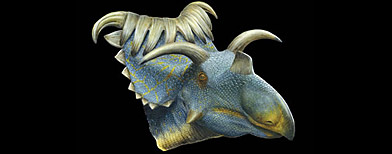Leonardo da Vinci, of Florence, dreamed of doing it. Todd Reichert, of the University of Toronto, actually did. On Wednesday, Reichert, a PhD student at the U of T Institute for Aerospace Studies, announced he had completed the first continuous flight of a human-powered aircraft with birdlike flapping wings, a device known as an ornithopter. The creation of a craft that would allow humans to fly like birds has captured the imagination of inventors for centuries, but few working models have been built. Da Vinci drew up sketches for a flying machine in 1485, but never made one. “Some people just dream about flying, at night in their dreams. I do,” said David Greatrix, a professor of aerospace engineering at Ryerson University. “Even though we have flying airplanes, it’s not the same.”

Reichert’s ornithopter flight, which lasted 19.3 seconds and covered 145 metres, is the first entirely powered by a human being. “This is the last first in aviation, and in many ways the most significant one,” said James DeLaurier, who oversaw the project. “It was unreal,” Reichert, 28, said in an interview. The flying craft, named the Snowbird, weighs just under 43 kilograms and has a wing span of 32 meters, comparable to a Boeing 737, though its weight amounts to approximately that of the pillows on-board a commercial jet. The Snowbird is made of carbon fibre, foam and balsa wood. It took Reichert and another graduate student, Cameron Robertson, over four years to make the craft, and cost $200,000.
DeLaurier, a retired Institute for Aerospace Studies professor who is one of the world’s leading experts on ornithopters, devoted his career to birdlike flight. In 2006, he built and flew a motorized ornithopter called the Flapper, another aviation first.
But a purely human-powered craft was his life’s ambition. “(Reichert’s) ornithopter has since landed, but I’m still hovering a couple feet off the ground. It was a moment that’s difficult to describe,” DeLaurier said. Over the summer, Reichert lost eight kilograms, went on a special diet and trained daily, especially his leg muscles. He took 65 test runs before the Aug. 2 flight date in Tottenham, Ont. “I didn’t sleep the night before the flight,” Reichert said. “My mind was just racing.”
A representative from the Fédération Aéronautique Internationale, the world body governing aeronautical records, was present to witness the event. A tow line tugged the craft into the air and then released it, and the Snowbird was off to its history-making flight. “It was such a neat feeling . . . you kept pushing and it kept maintaining altitude,” Reichert said. “All of a sudden, it clicked and we were able to stay up there.” The Snowbird works by pumping a set of pedals attached to pulleys and lines that bring down the wings in an elegant flapping motion, a feat that requires both engineering and physical prowess. “He combined brilliance with athleticism,” DeLaurier said. Part of the team’s goal was to promote sustainable and efficient transportation.

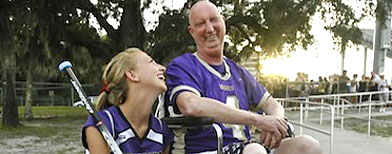

 Diastema (a gap between teeth) has often been viewed as a cosmetic defect, but there are indications that modeling agencies, fashion designers, and casting directors have changed their point of view.
Diastema (a gap between teeth) has often been viewed as a cosmetic defect, but there are indications that modeling agencies, fashion designers, and casting directors have changed their point of view.


 You might think that modern America is losing ground on one of its founding principles: religious freedom. But the concept was never universal. Since the first settlers, people are all for the freedom of their own religion, but not so much for other people’s religions.
You might think that modern America is losing ground on one of its founding principles: religious freedom. But the concept was never universal. Since the first settlers, people are all for the freedom of their own religion, but not so much for other people’s religions.


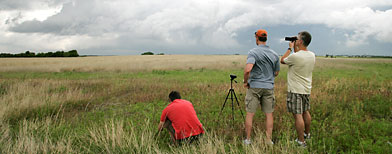
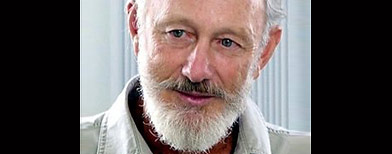

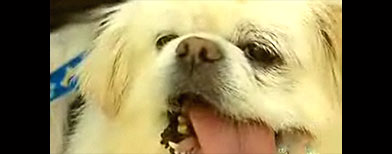


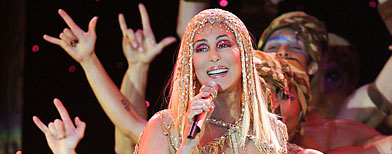


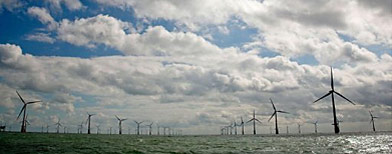
 One Sunday morning, the pastor noticed little Alex was staring up at the large plaque that hung in the foyer of the church. It was covered with names, and small American flags were mounted on either side of it.
One Sunday morning, the pastor noticed little Alex was staring up at the large plaque that hung in the foyer of the church. It was covered with names, and small American flags were mounted on either side of it.







 Grodensky's story and other tales of foreclosure mistakes started popping up recently across South Florida. This week, GMAC Mortgage -- one of the nation's largest mortgage servicers and a major mortgage lender -- told real estate agents to stop evicting residents and suspend sales of properties that had been taken from homeowners in foreclosure. The company said it might have to "correct" some of its foreclosures, but was not halting those in process. In Florida courts, which have been swamped with foreclosure cases for several years, mistakes "happen all the time," said foreclosure defense attorney Matt Weidner in St. Petersburg. "It's just not getting reported."
Grodensky's story and other tales of foreclosure mistakes started popping up recently across South Florida. This week, GMAC Mortgage -- one of the nation's largest mortgage servicers and a major mortgage lender -- told real estate agents to stop evicting residents and suspend sales of properties that had been taken from homeowners in foreclosure. The company said it might have to "correct" some of its foreclosures, but was not halting those in process. In Florida courts, which have been swamped with foreclosure cases for several years, mistakes "happen all the time," said foreclosure defense attorney Matt Weidner in St. Petersburg. "It's just not getting reported." 
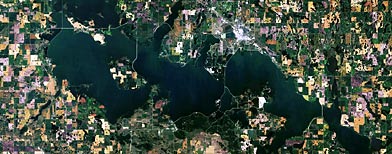
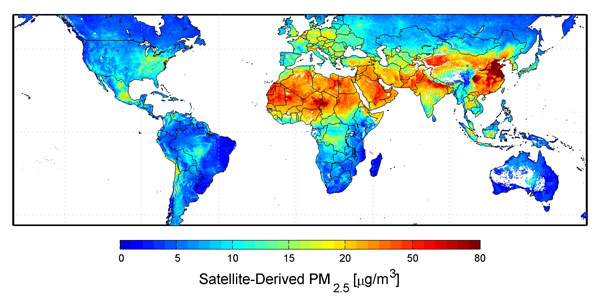

 A new theory says that volcanic activity in Europe’s past may have contributed to the extinction of Neanderthals. Several volcanos erupted in a short period of time along the Caucasus Mountains about 40,000 years ago. Populations of Neanderthals, who lived mainly in Europe, may have been reduced to the point they couldn’t compete with modern humans who lived in several continents. University of Texas, Arlington anthropologist Naomi Cleghorn, a member of the research team, explained what they found.
A new theory says that volcanic activity in Europe’s past may have contributed to the extinction of Neanderthals. Several volcanos erupted in a short period of time along the Caucasus Mountains about 40,000 years ago. Populations of Neanderthals, who lived mainly in Europe, may have been reduced to the point they couldn’t compete with modern humans who lived in several continents. University of Texas, Arlington anthropologist Naomi Cleghorn, a member of the research team, explained what they found.

 We are all familiar with animals that use camouflage, but some take it to an extreme level. Cracked found examples of animals that totally take on a different persona. What kind of creature do think this picture shows?
We are all familiar with animals that use camouflage, but some take it to an extreme level. Cracked found examples of animals that totally take on a different persona. What kind of creature do think this picture shows?
